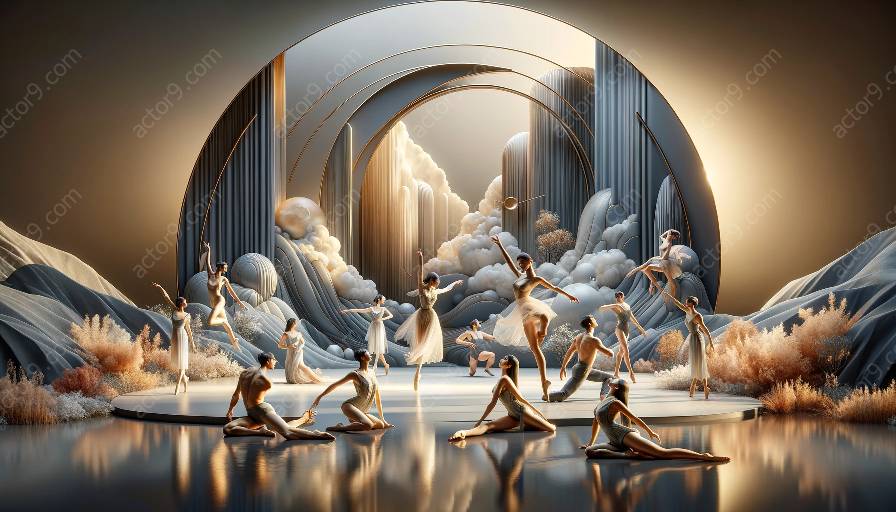Physical theatre is a unique form of performance that relies on the body's movement, gestures, and physical expression to convey emotions and tell stories. This art form combines elements of drama with a focus on the physical body as the primary vehicle for communication.
Elements of Drama in Physical Theatre
In physical theatre, the elements of drama are reimagined and embodied through the physicality of the performers. These elements include:
- Body: The body becomes the central tool for expression, using movement, posture, and physicality to communicate emotions and narratives.
- Space: The physical space is transformed and utilized to create immersive environments, shaping the dynamics of storytelling and emotional resonance.
- Time: Temporal aspects such as rhythm, tempo, and duration are manipulated to enhance the dramatic impact and emotional depth of the performance.
- Tension: Physical tension and release are employed to convey the internal and external conflicts inherent in storytelling, serving as a visceral manifestation of emotional struggles.
- Symbolism: Through the physicality of gestures and movements, symbolic representations are crafted to enrich the narrative and evoke emotional responses from the audience.
Physical Theatre Techniques for Expression
Physical theatre employs a range of techniques to express emotions and storytelling, including:
- Physical Movement: Utilizing a diverse range of movement styles such as mime, dance, acrobatics, and gestural language to embody characters and emotions.
- Expressive Gestures: The use of intentional and exaggerated gestures to communicate emotions and plot points, often amplified by the absence of spoken dialogue.
- Tableaux: Creating static, visually striking compositions of the performers to depict emotional states or pivotal moments in the narrative.
- Mask Work: Employing masks to convey emotions and character traits, allowing for heightened expressiveness and physical transformation.
- Physical Ensemble: Collaborative physical interactions among performers to build scenes and narratives, fostering a collective embodiment of emotions and storytelling.
- Rhythmic Dynamics: Using variations in rhythmic patterns and dynamics to mirror emotional fluctuations and narrative pacing.
- Emotional Resonance: The visceral nature of physical expression creates a direct and immediate connection with the audience, evoking genuine emotional responses and empathy for the characters and narratives portrayed.
- Transcending Language Barriers: By emphasizing physicality over verbal communication, physical theatre has the ability to transcend linguistic and cultural barriers, enabling universal understanding and emotional engagement.
- Multi-sensory Engagement: Engaging the audience's senses through visual and kinesthetic stimuli, physical theatre immerses viewers in a multi-dimensional experience that amplifies emotional and narrative impact.
- Expressive Authenticity: The unfiltered physical expression in physical theatre allows for a raw and authentic portrayal of emotions, fostering a profound sense of intimacy and vulnerability.
- Narrative Poignancy: The fusion of physicality and storytelling elements gives rise to compelling narratives that resonate on a deep emotional level, leaving a lasting impression on the audience.
Impact of Physical Theatre on Emotional and Narrative Expression
The utilization of physical theatre as a medium for expressing emotions and storytelling yields a profound impact on both performers and audiences:
In conclusion, physical theatre serves as a captivating medium for expressing emotions and storytelling, enriching the dramatic landscape with its innovative fusion of physical expression and narrative depth.Let's continue to explore the potential of physical theatre to evoke profound emotional experiences and weave compelling narratives.




































